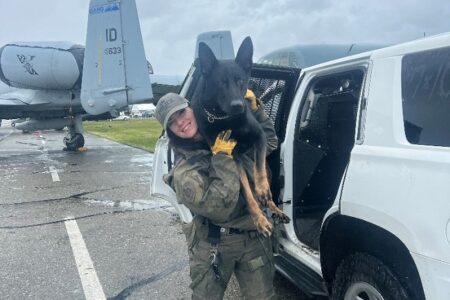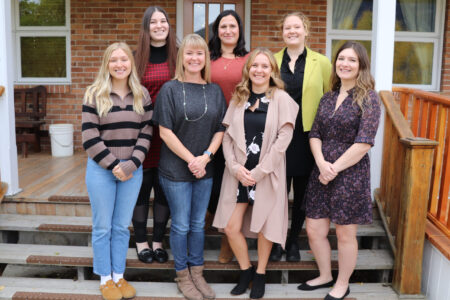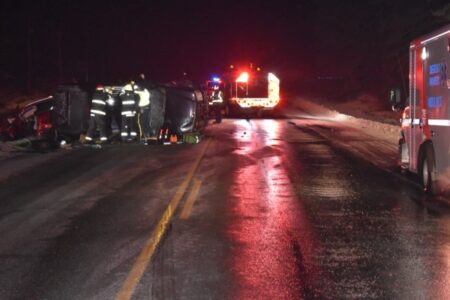Electoral districts tweaked, renamed for coming provincial election
New lines in the sand have been drawn.
With B.C.’s next provincial general election scheduled for this Oct. 19, the electoral districts are changing.
Based on a recommendations made in 2022 — by an independent, non-partisan boundaries commission — in 2023 the B.C. Legislative Assembly accepted all of the commission’s recommendations, including adding six new electoral districts for the next election, increasing the total number of districts from 87 to 93.
The electoral boundaries commission noted — during the vetting stage of the preliminary report — the idea of the changes were to try to make all ridings roughly the same size, while balancing that with other factors that affect representation (travel and communications challenges within a riding).
When people in Nelson head to the polls in October, they will do so under the banner of Kootenay Central, with the former Nelson-Creston riding still retaining Nelson and Creston, as well as Kaslo and Salmo, in the same constituency, which much of the same geography. However, a piece of the mid-Slocan Valley now falls within the riding — from New Denver to Nakusp — including parts of the East Shore.
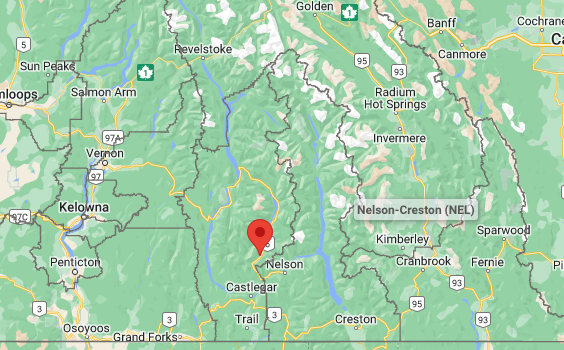
The current B.C. electoral riding boundaries in the West Kootenay — screenshot.
To the west, the Kootenay West riding — which included Castlegar and the entire Slocan Valley — becomes the Kootenay-Monashee district. It now has only the lower portions of the Slocan Valley, as well as Castlegar, Rossland, Fruitvale and Trail. The division line from an earlier published brochure by Elections BC of the Slocan Valley falls, oddly, showed it as being between Silverton and New Denver.
However, that brochure was incorrect and Silverton as well as New Denver in the Kootenay Central electoral district.
Kootenay East — centred by Cranbrook, Fernie and Sparwood — becomes the Kootenay Rockies, with much of the similar geography and municipalities included.
The Columbia River-Revelstoke riding — including Kimberley, Invermere, Golden and Revelstoke — retains its name and did not have its boundaries adjusted drastically.
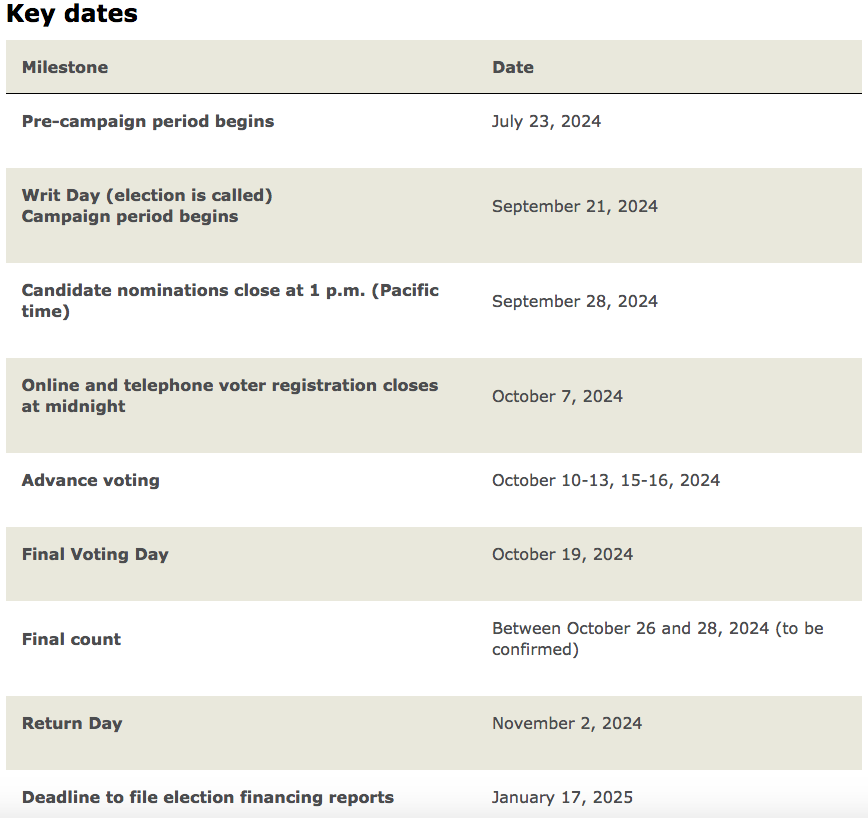
Voting modernization
The election will also be the first general election to be held under the modernized Election Act.
As a result, new technology will be used to administer the election, making voting faster and easier, with changes such as using electronic tabulators to count paper ballots and laptops to look up voters and cross them off the voters list.
The new technology was used in B.C.’s last four provincial by-elections — and in other provincial elections in Canada — as well as in municipal elections in B.C. It is expected that the changes will reduce lineups at voting places and make results reporting faster on election night.
The changes do not include online voting or using electronic voting machines.
- For more information on electoral boundary changes, reference https://mydistrict.elections.bc.ca/.
Editor’s Note: This story has been updated from the earlier distributed Elections BC brochure showing Silverton in the Kootenay-Monashee electoral district. Silverton is in the Kootenay Central electoral district. Our apologies for this error.



